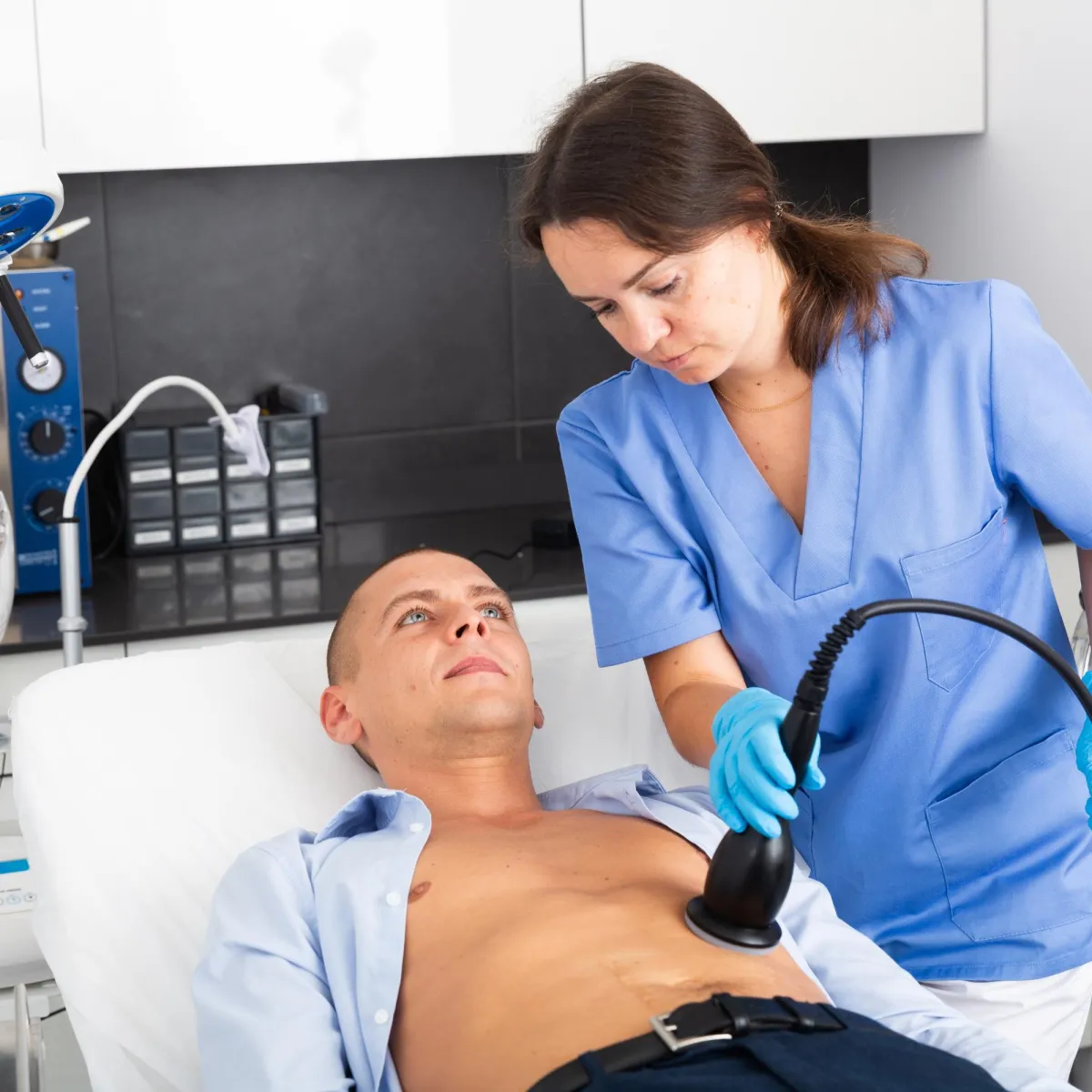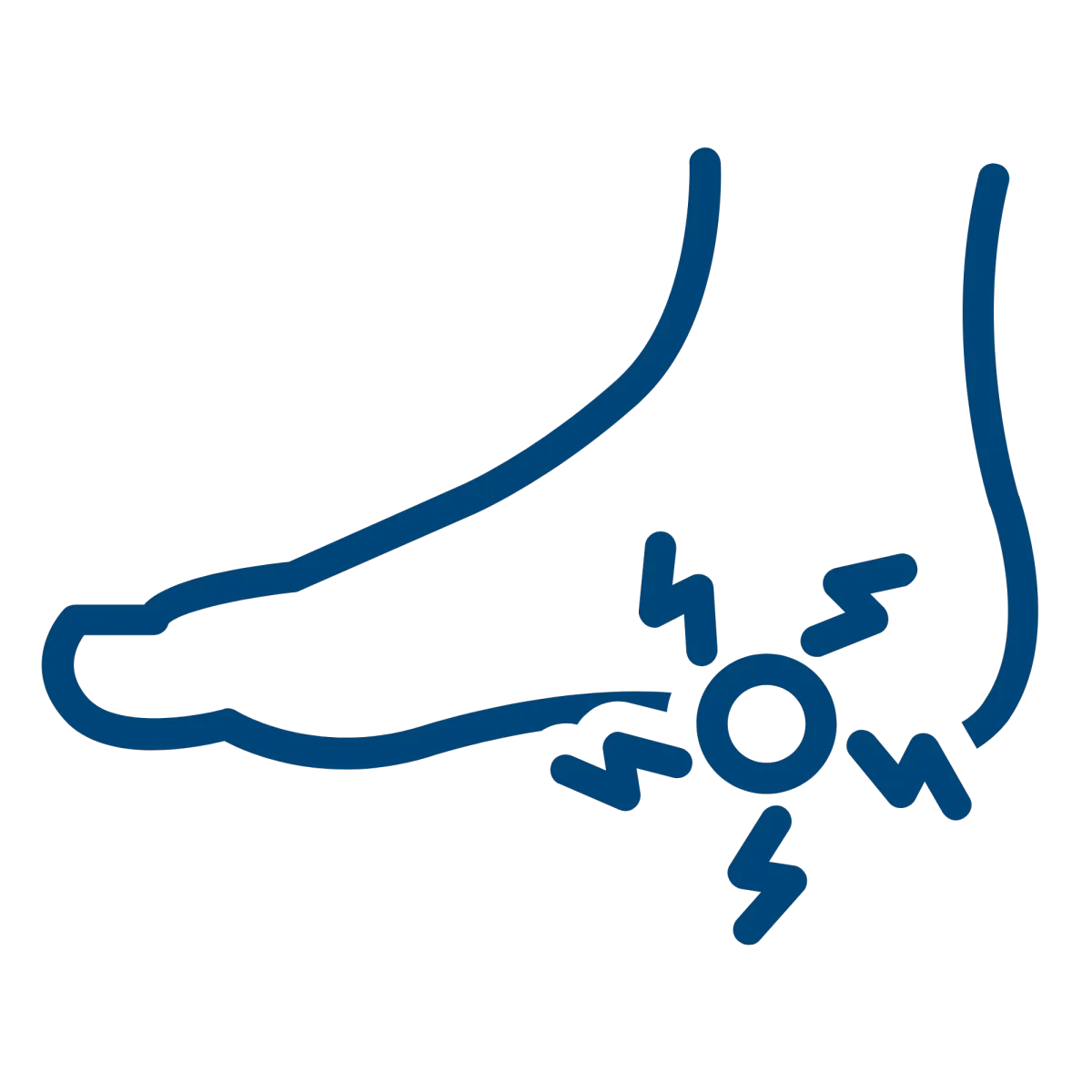Pelvic Pain
Summary Info
World-Class Experts
We are the oldest and largest private radiology group in the Omaha/Council Bluffs area, offering patients world-class expertise in the areas of:
- Abdominal imaging
- Breast Imaging
- Musculoskeletal Imaging
- Neuroimaging
- Nuclear medicine/molecular medicine
- Pediatrics
- Trauma
- Vascular and interventional radiology
Reliable Results
The accuracy of your diagnosis largely hinges on three things:
1) the technology of your diagnostic machines,
2) the experience of the person performing your tests, and
3) the specialization and experience of the radiologist who reads your reports
We have you covered with our top-of-the line equipment and the most experienced radiology team in the area.
You're in good hands!
What is pelvic pain?
Summary Info

Info and more info
Info and more info
Info and more info
Info and more info
Info and more info Info and more info Info and more info Info and more info Info and more info. Info and more info Info and more info Info and more info Info and more info
According to Yale Medicine, the causes of chronic pelvic pain vary but most patients are only evaluated for endometriosis, uterine fibroids, problems with the ovaries, and bowel and bladder problems. Vascular causes of chronic pelvic pain are often overlooked but may be the culprit in a large number of these patients. The more frequently discussed “pelvic congestion syndrome” is similar to varicose veins in the legs in that the valves in the ovarian veins that help return blood to the heart against gravity become weakened and don’t close properly. This allows blood to flow backward and pool in the vein causing pressure and bulging. In the pelvis, it can cause pain and affect the uterus, ovaries, and vulva. While not all women experience symptoms, up to 15 percent of women, generally between the ages of 20 and 50, have varicose veins in the pelvis.
More recently, it has been discovered that iliac vein compression or May Thurner may cause pain more often than ovarian vein problems. In these patients, the compression can be seen on CT scan or MRI, but is often not commented on by the radiologist and varices are often absent and so the diagnosis is not made.
What are important symptoms of pelvic pain?
Summary Info

Info and more info
Info and more info
Info and more info
Info and more info
Info and more info Info and more info Info and more info Info and more info Info and more info. Info and more info Info and more info Info and more info Info and more info
Some common pelvic pain symptoms are:
Low back pain, Pelvic pain, vaginal pain, groin pain, leg pain, or back pain, Dilated leg or pelvic varices (varicose veins), Painful intercourse or bleeding after intercourse, Unexplained urinary urgency, frequency, or sensation of incomplete bladder emptying, Heavy and/or painful periods, Pain with ovulation, Continued leg swelling and symptoms after superficial vein treatments, A feeling of physical anxiety in the chest when one does not feel mentally anxious, and Migraine headaches
How is pelvic pain diagnosed?
Summary Info

Info and more info
Info and more info
Info and more info
Info and more info
Info and more info Info and more info Info and more info Info and more info Info and more info. Info and more info Info and more info Info and more info Info and more info
Patients will first undergo a consultation with one of our providers to go over symptoms and perform a clinical exam. Patients may then undergo further testing with CT and/or MRI depending on each clinical situation. We will evaluate all possible causes of your pelvic pain so you can be treated with the right plan for you.
How does MIC treat pelvic pain?
Summary Info

Info and more info
Info and more info
Info and more info
Info and more info
Info and more info Info and more info Info and more info Info and more info Info and more info. Info and more info Info and more info Info and more info Info and more info
Our vascular specialists treat chronic pelvic pain with a variety of minimally invasive outpatient procedures, depending on the cause of the symptoms. The goal of these procedures is to improve and reverse the abnormal vein pressure in the pelvis by closing veins where blood flows in the wrong direction and opening veins that are blocked causing a backup of pressure. This redirects blood flow into the normal veins.
About Your Procedure
Summary Info

Info and more info
Info and more info
Info and more info
Info and more info
Info and more info Info and more info Info and more info Info and more info Info and more info. Info and more info Info and more info Info and more info Info and more info
Varicose
Veins
Pelvic
Pain
Non Healing Wounds
Plantar
Fasciitis
Uterine
Fibroids
Benign Prostatic Hyperplasia
Services



CT Scan
Minimally Invasive Therapies
Molecular Medicine



MRI
Ultrasound
Women's Imaging
M-F: 8:00am-5:00pm
Extended Hours Available
Upon Request



















